BEIJING — The athletes have arrived, competition has begun and Friday’s spectacular ceremony opened the 2022 Winter Olympics in Beijing. But for the athletes and the others attending, this year’s Games will be markedly different from those that came before.
Participants and foreign visitors will be kept inside what organizers call the “closed loop.”
Designed to prevent Covid from spreading, it keeps residents far apart from visitors, so China can host the Olympics and still pursue its “zero-Covid” strategy, which has been in place since the pandemic first broke out in Wuhan in 2019.
The strategy presents unique challenges for teams and athletes, just as it did during the Tokyo Summer Games last year.
“This year, it’s been an absolute nightmare,” American snowboarder Jamie Anderson told a news conference Wednesday.
“It’s definitely a more complicated Olympics — and already going to the Olympics is very stressful and you have so much on your plate,” said Anderson, 31, who won gold in the slope style event at the 2014 Sochi Games in Russia and again four years later at the 2018 Pyeongchang Games in South Korea.
However, once her team arrived, settled in and hit the snow, Anderson said, she and her teammates have been able to focus on the competition ahead.
Those entering the “closed loop” are required by the organizers to be fully vaccinated at least 14 days before they arrive, or they would have had to quarantine for 21 days once they landed in China.
After touching down at Beijing Capital International Airport — the only airport approved for arrivals — participants have to show proof of two negative Covid-19 tests before taking another one. Daily tests are required once they are inside the bubble.
“Honestly, it feels so good getting here, because there were so many Covid tests along the way that it was really stressful,” Team USA luger Chris Mazdzer said Tuesday.
“You get off the plane and the people handling your luggage, full PPE. Goggles, mask, gloves, boots, the whole nine yards,” added Mazdzer, who is competing in his fourth Games and took silver in Pyeongchang. “Now, it’s totally normal. Like it’s absolutely normal that you would have hundreds of people in PPE all around you.”
Once inside the “closed loop,” layers of fencing separate people from the outside world, while guards stand by to ensure that no one leaves or enters without authorization.
Transport for visitors, including high-speed trains with separate carriages and entrances and exits, ferries those inside the bubble from facility to facility.
Given the restrictions, public spaces at venues are largely empty, supporters and visitors absent. Athletes’ friends and family members have stayed home. Chinese support staff members are required to take Covid tests to enter the bubble and then quarantine for 21 days after they leave, to reduce the risk of possible spread further.
Inside the broadcasting center, the base for members of the media, there are screens showing some of Beijing’s attractions. It is as close as they will get to the city’s tourist hot spots.
While strict rules were also in place in Tokyo for the Summer Olympics last year, visitors were allowed outside the bubble after two weeks. This will not be the case in Beijing.
If it sounds like the list of rules and regulations is long, it’s because it is. The Beijing organizing committee put out an 84-page playbook for the news media laying out all the Covid-related rules and regulations. Athletes received their own 70-page version.
The draconian measures, however, have not stopped infections, though they have stayed relatively low given the thousands of arrivals. Forty-five Covid cases were reported within that bubble on Friday, the second-highest daily number since people started to arrive, according to Reuters. A total of 353 people involved in the Games have tested positive for the virus since Jan. 23.
Those who do test positive are sent to isolation hotels where they have no physical contact with anyone.
Elana Meyers Taylor, a four-time Olympian and the only woman to win three Olympic bobsled medals for the U.S., tested positive Saturday and said she was trying to keep fit in her small room.
“Doing everything possible to recover and still be ready to race!” Meyers Taylor, 37, wrote on Twitter on Wednesday, alongside a video of her running up and down a small aisle in her room.
She had been elected to be a flag bearer for the U.S. Olympic team at the opening ceremony but was replaced by speed skater Brittany Bowe.
Belgian skeleton competitor Kim Meylemans was also placed in isolation after she tested positive on her arrival in China, having tested negative 12 times in the two weeks before she traveled.
After returning several negative tests, in a tearful video posted to Instagram on Wednesday, she said that she had been taken by ambulance to a hotel to isolate for another seven days, rather than to the Olympic Village as she had thought.
But after the Belgian Olympic Committee and the International Olympic Committee stepped in she was allowed to stay in an isolated room where she would continue to take tests.
“I feel safe and I’ll be able to train a little better here,” she said in the video.
As for the fans, China has said that only selected spectators would be allowed to attend events, and they would have to test negative before doing so. Beijing residents seem to have taken the stringent measures in place in stride, with many saying they support the efforts to control the pandemic.
Although it was “a great pity,” that spectators would be limited, one resident Qu Jianguo, 54, said last month after Olympic officials made the announcement, “everyone can understand the decision.”
“We can’t make trouble in this situation,” he added.
Janis Mackey Freyer and Stephanie Gosk reported from Beijing. Rachel Elbaum reported from London.

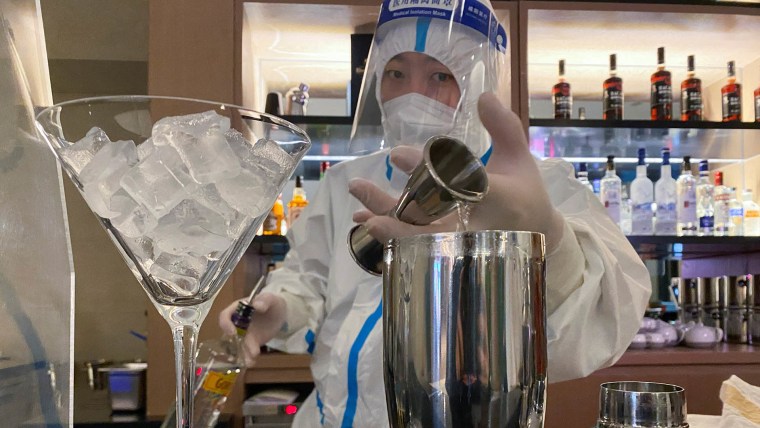
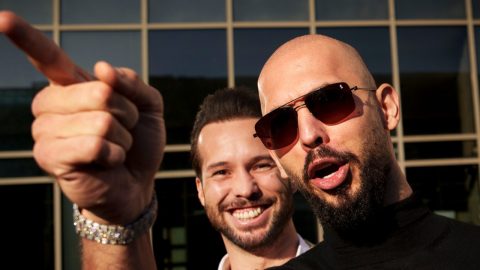
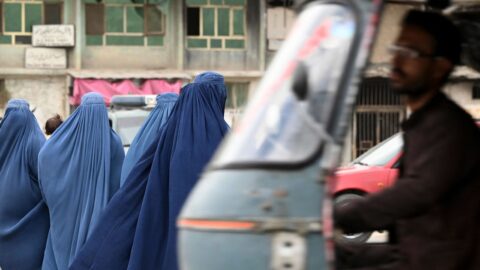
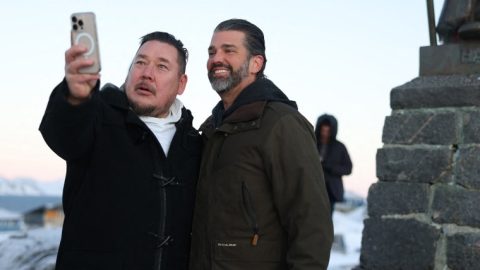
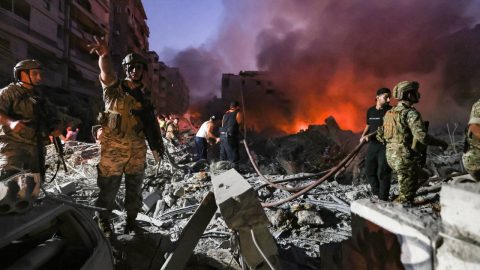

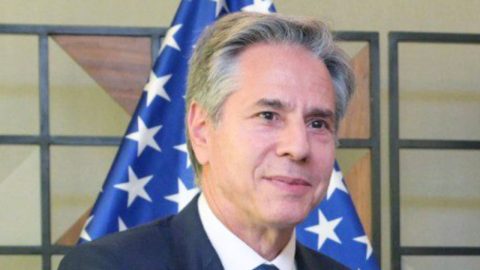
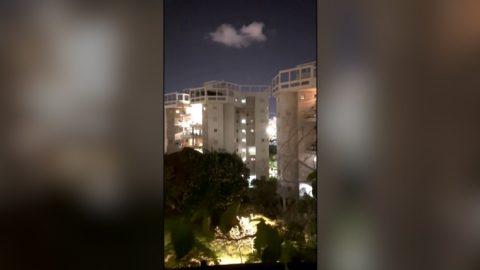
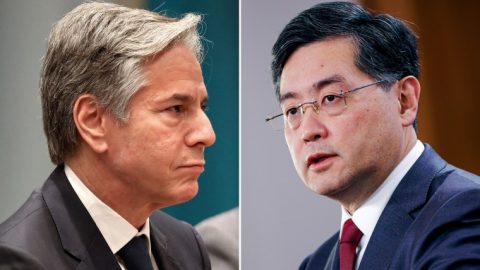
Recent Comments